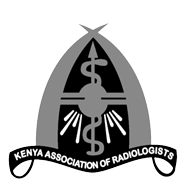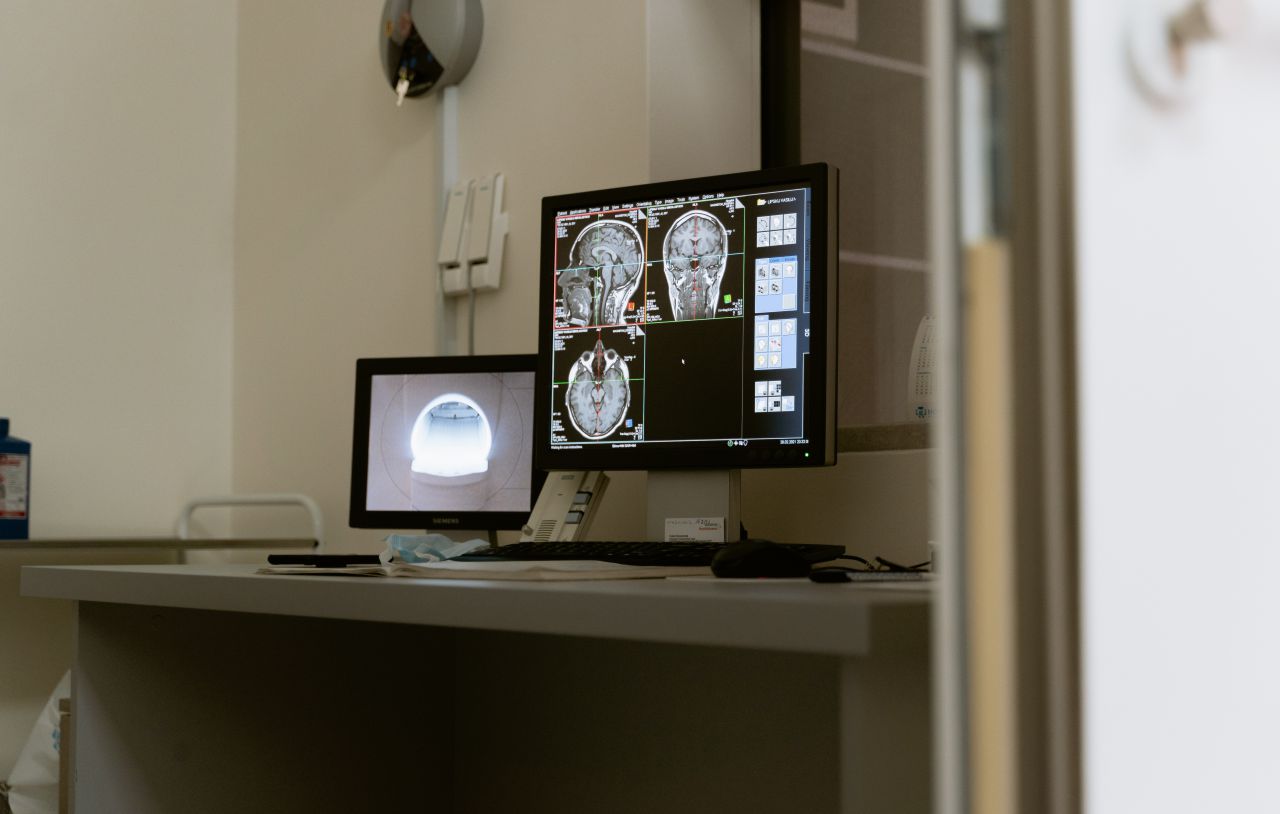A photograph captures a moment in time. We most often take photos of happy occasions or of scenes and objects that fascinate or inspire us in our day-to-day lives.
Photos and imaging are also used to preserve memories of less positive aspects of life: photojournalism may record natural disasters and conflicts; police often rely on crime scene photos.
Photos can also be used for medical and diagnosis purposes. Medical imaging can provide evidence of abnormalities and malignant tumours that may not turn up through other diagnostic tests.
Advances in radiology have been hugely beneficial to doctors and their patients in recent years. Being alerted to a potential problem on a scan early enough can make a significant difference in patient outcomes. That being said, if an image is misinterpreted and, as a result, the patient is misdiagnosed by their doctor, it can lead to unnecessary pain, disability, shortened life expectancy or even death.
In this blog post, I will explain how medical negligence actions can result from can cause or contribute to misinterpretation and/or misdiagnosis of radiology imaging and what you can do if you believe you or a loved one has been a victim of medical malpractice.

